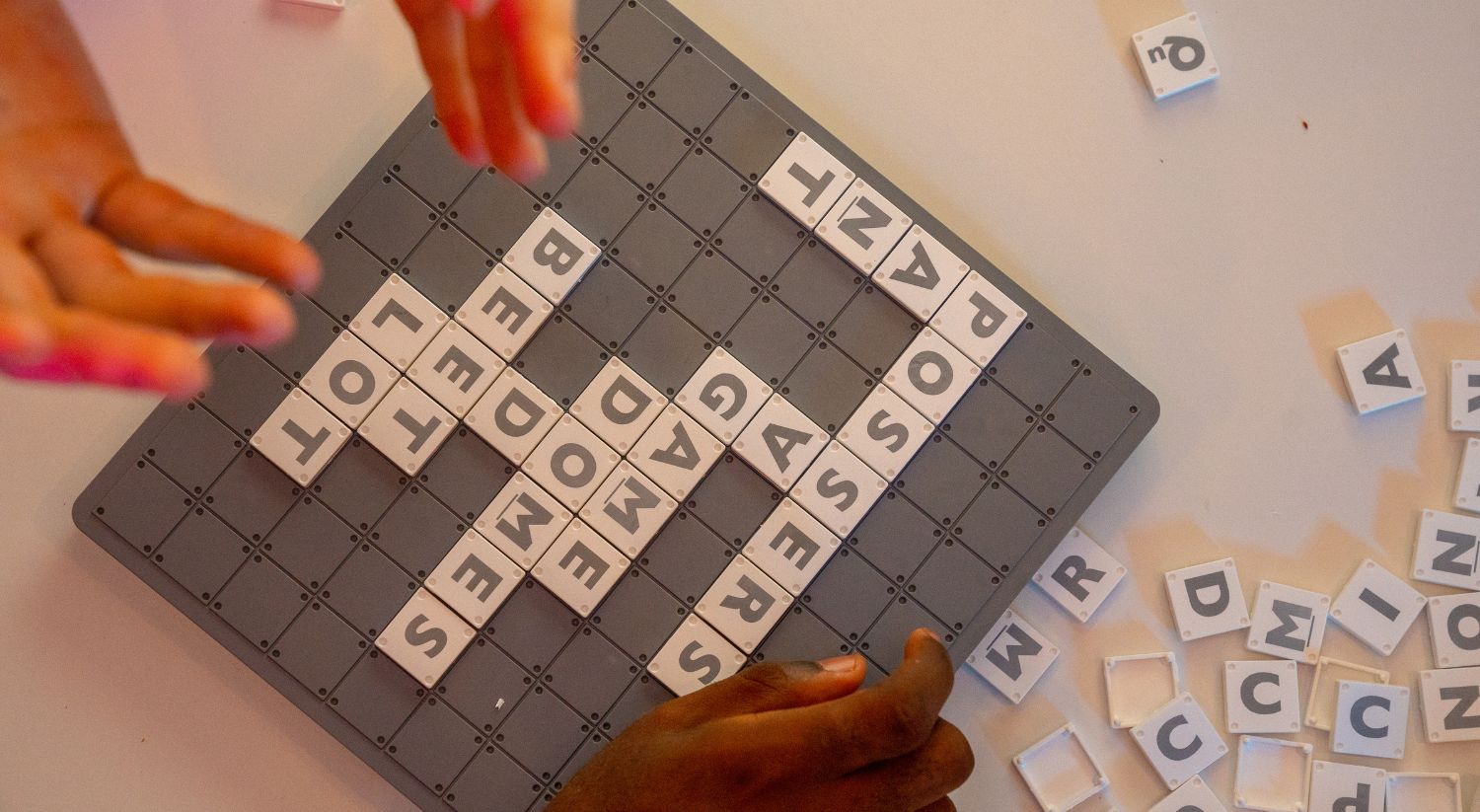
If you’ve ever tried reading a book in another language, you’ve probably regretted it from the very first page. Not understanding a single word and struggling to follow the storyline can be frustrating. You may find yourself lost in the text, flipping through page after page without knowing the content. However, as you’ll see below, reading a book in another language is one of the most effective learning tools available today. It’s an amazing way to expand your vocabulary, improve your grammar, and immerse yourself in a new culture. This is while pushing yourself to grasp the language you’re learning truly.
Would you like to discover all the benefits of this exercise?
Let’s dive in!
Choosing the right book: The key to success
Reading in a language different from yours is a real challenge. However, selecting the right type of book is crucial to avoid turning this experience into a maze. Starting with a super complex text could lead the exercise to failure. By no means, this doesn’t imply that reading great literary classics in other languages is a bad idea. But if your proficiency is at a beginner or intermediate level, it could be a catastrophic mistake!
The reason is simple. Advanced literature—texts written with higher levels of complexity—often use structures and vocabulary rarely found in everyday language. For instance, reading One Hundred Years of Solitude in Spanish or The Tragedy of King Lear in English could quickly overwhelm you with its intricate language. In short, you’d be biting off more than you can chew.
To start reading a book in another language, begin with humility. This doesn’t mean your literary expertise or reading comprehension in your native language is low. It simply means you must accept that your proficiency in a new language isn’t —yet—at the same level.
Therefore, choose simpler readings while prioritizing well-written books, preferably published by reputable publishers. Why? Major publishing houses typically ensure rigorous editing, guaranteeing that the language is grammatically and orthographically accurate. This ensures you learn the language in its correct form.
What’s the Ideal Book?
There are no strict rules or forbidden types of literature here. The only advice from experts is to choose a book that matches your level—not in your native language, but in the language you’re learning. A practical strategy is to think of yourself as a student in school:
- Beginner Level: Opt for children’s books or young adult literature. These texts are easier to follow, with simpler language and straightforward plots.
- Intermediate Level: Choose light fiction or contemporary novels that use more common, conversational language.
- Advanced Level: You can explore more complex genres, such as literary classics, poetry, or technical books.
Keep this mantra in mind: Complexity leads to frustration. Frustration leads to giving up. Choose a book that’s enjoyable but also challenging enough to foster growth.

Preparing before you start
Once you’ve selected your book, preparation is essential to make the most of your learning experience. Start by keeping in mind that your primary goal is not literary enjoyment or entertainment but learning the language as it’s practically applied.
Here are some tools and resources you should have ready before diving in:
Must-have materials and resources
- A highlighter or marker: These are essential for noting key phrases, vocabulary, or passages that stand out.
- A notebook for notes: Use it to jot down new words, phrases, metaphors, idioms, and anything else you find along the way.
- A dictionary: You can choose a traditional bilingual dictionary or, better yet, one specific to the language you’re learning. Apps like Talkao Dictionary offer comprehensive options with grammatical details, examples, and definitions in multiple languages.
- A translator: While there are countless online and electronic translators, ensure you use a reliable and accurate one. Talkao’s apps offer excellent solutions, such as a camera translator, augmented reality translation, and quick translation options—all user-friendly and available on Android and iOS devices.
All set… Now what?
Enjoy!
While reading a book in another language is a learning exercise, it doesn’t mean you can’t enjoy the process. Reading is always a sublime act, no matter the language. Dive into your chosen book while keeping up with your notes and references, ensuring the experience remains enjoyable. As you progress, the context will help you better understand the plot and dialogues. Page by page, comprehension will come naturally, and soon enough, you’ll be reading effortlessly.
This is why choosing a book suited to your level is so important. A text that’s too complicated or dull will make it harder to follow conversations and narratives. Aim to understand each word in context, saving translations for the end of your daily reading session.
By challenging yourself to deduce the meaning of unknown words, you’ll validate or adjust your assumptions when translating. Over time, this will evolve into a fun self-challenge. Some people enjoy guessing meanings before consulting a dictionary or translator. The closer you get to the book’s end, the better your guesses will be, and that’s what we call… learning!
Beyond books: What else can I read?
The answer is… anything! Reading in another language is always a rewarding challenge and an invaluable learning tool. While most people gravitate toward familiar genres, venturing into other subjects can expand your linguistic horizons.
Consider reading local newspapers or major national dailies. Besides keeping you informed about news in your target language, this will teach you how to write correctly, as newspapers are typically written and edited by skilled professionals. Magazines are another great option. Like newspapers, magazines undergo rigorous editorial processes, ensuring grammatical and orthographic accuracy. Specialized magazines, in particular, can help you build a bigger vocabulary in specific industries or lifestyles.
In general, there are no limits to what you can read. However, make sure that whatever you choose—whether it’s a book in another language or any other type of publication—is well-written. We’ve mentioned this before, but it’s a very common mistake to rely on poorly written materials. This is why you should be especially cautious when reading blogs or websites. In many cases, they are written by the blog owner and often lack proper grammatical review or editing.
Some good suggestions
As you’ve seen so far, reading a book in another language is a fascinating and challenging adventure. You’ve also learned that reading newspapers and specialized magazines can be a great choice. But what other types of reading materials can help you improve in a new language? Take a look at these suggestions:
- Travel guides: Travel guides provide insights into local customs, traditional dishes, and cultural elements. In some cases, they also allow you to learn more about the country you’re in, using straightforward language that’s easy to understand and highly fluent.
- Comics: Comics use visual context to make language comprehension easier. They are a popular choice that combines entertainment with learning. Additionally, their short, direct dialogues make them perfect for beginners.
- Children’s stories: Depending on your level in the new language, children’s books can be an excellent option. These books are tailored for beginner readers, such as children, making them ideal for those just starting to learn.
- Manuals: These are another great alternative for reading in a new language. They provide step-by-step instructions, graphical explanations, and specific technical vocabulary that isn’t typically found in other types of literature.
- Short tales: These types of stories offer simple plots and direct language. Tales by authors like Mark Twain or Aesop’s fables are widely available in multiple languages and at various levels of difficulty.
- Descriptions, catalogs, and advertisements: While it might not seem obvious, this type of text can offer excellent opportunities to expand your vocabulary. Alongside the text, you’ll find photos, measurements, and other information that include nouns, commonly used phrases, and a wide range of synonyms.
By exploring these different types of reading materials, you’ll not only expand your linguistic horizons but also discover engaging ways to immerse yourself in the language.

Why is reading in another language a good idea?
Reading in a different language is a fantastic linguistic enrichment exercise, putting you in an unfamiliar, often uncomfortable situation. Surprisingly, this discomfort is beneficial. By tackling a book in another language, your brain reconfigures itself and activates unique neural connections.
You may have heard that learning languages makes your brain bigger. While it doesn’t grow physically, it does unlock new cognitive levels that only arise when necessity demands them. The brain naturally seeks comfort and avoids effort. However, when you read in another language, it enters survival mode, developing skills that wouldn’t emerge otherwise. This experience is similar to traveling abroad or learning a language through immersion. Over time, your ability adapts to the words, and everything makes sense.
Reading is to your brain what a workout is to your muscles. Reading in another language, however, is like preparing for an Ironman Contest or running the New York Marathon. So, don’t hesitate to try. As you progress, the process will become increasingly manageable.
By the time you finish your first book, your fluency will have improved significantly, and you’ll be eager to start the next one. And remember…
Talkao’s apps are always there to help you translate whenever needed!












Newsletter